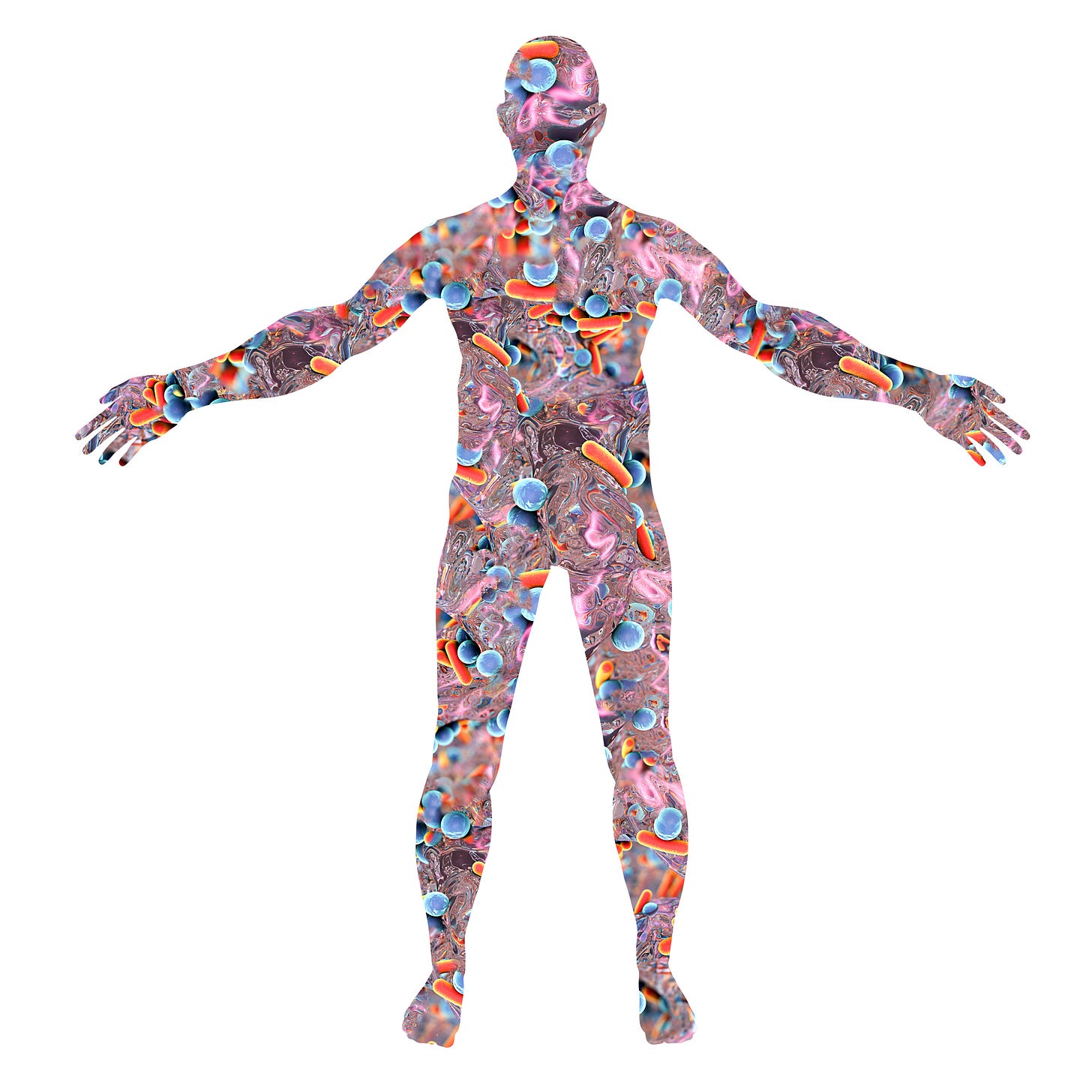How Do You Fuel Your (Fire)Metabolism?
And prevent metabolic diseases such as hypertension, cholesterol, diabetes and cancer?
In Eastern traditions, fire is often associated with the gastrointestinal system—the body's ability to "burn" food to extract energy. Ayurvedic tradition refers to this fire as Agni, while Tibetan traditions refers to it as Medrod. Fire is associated with the ability to transform a substance into another: Wood into Ash, Water into Steam, Metal into Molten form, Clay into Pottery and Food into Energy - also known as Metabolism.
A well-maintained digestive fire ensures a steady release of energy, while an overactive or unstable fire leads to energy crashes, cravings, and metabolic imbalances.
Metabolism is the process that transforms the food we eat—such as a piece of broccoli—into usable chemical components. Our digestive system breaks food down into macronutrients like lipids (fats), glucose (carbohydrates), and amino acids (proteins), along with essential micronutrients like antioxidants, fiber, and minerals.
Think of the different types of food you eat, filling up buckets inside your intestines and so when you eat the broccoli, you have filled up the iodine bucket, the vitamin K bucket, the vitamin C bucket, the iron bucket, the calcium bucket and so on.
The lining of your intestines is made up of trillions of cells, and each cell is enclosed by a phospholipid bilayer—a membrane made of fat and protein that contains receptors to draw in nutrients. Picture a tiny sphere with outstretched hands, pulling in raw materials from its environment (or buckets). When a cell needs iodine for example, the little hand is going to reach into the iodine bucket and pass it into the cell.
(This is an analogous metaphor for the purpose of understanding nutrient transportation and I am caveating that this process is far more complicating than little hands reaching into buckets)
Inside each cell, is mitochondria and a nucleolus that contains DNA, which is scanning its tiny environment for what it needs. Think of the DNA as the brain of those hands, and the mitochondria taking the nutrient from the hand, and throwing it into a fire to make energy.
Every second, our DNA—acting as a highly intelligent control center—directs our cells to gather resources so that the cell will either multiply and thrive (a process called mitosis) or self-destruct when necessary (apoptosis).
When given the right materials, DNA directs cells to multiply and create specialized cells like hepatocytes (liver cells), osteocytes (bone cells), thyrocytes (thyroid cells), and nephrocytes (kidney cells) and so on. Millions of these cellular processes occur simultaneously, keeping us alive, growing, and functioning.
Whole foods, fresh meats, and nutrient-dense plants take longer to break down but provide steady, long-lasting energy. Just like using slow-burning wood to keep a campfire going, consuming complex carbohydrates, healthy fats, and proteins ensures sustained energy throughout the day.
On the other hand, what if we started to fill our buckets with energy drinks, sugary drinks, fast food , drugs, colorants and flavorings? They will provide an immediate energy resource but burn out quickly since there is not nutrient value in the food to fill the buckets, leaving your cells without resources to function properly.
The quality of the food we consume determines the longevity and efficiency of our energy production.
To keep your internal fire burning optimally, focus on feeding your body nutrient-rich, whole foods that promote steady energy rather than quick fixes that cause fluctuations. When you nourish your metabolism with high-quality fuel, you build a body that is strong, resilient, and energized for the long haul.
I bet you have heard of the term “slow metabolism” and “fast metabolism” before, and associated a fast metabolism as a positive thing (but should not be mistaken to be akin to fast digestion and slow digestion which is a different concept all together).
The truth is that one needs a balanced metabolism - too fast a metabolism may be filling buckets that have holes in them, and too slow a metabolism might be filling up without the hands reaching in for resources.
To understand what makes the hands reach into the buckets for resources is simple: when the body needs energy it will reach into its buckets. This indicates that we need to use up the energy, before the body will spend its time and resources to renew the energy source. We do this by moving, exercising, using our muscles and using our brains.
If we oversupply the pantry with resources that the DNA is not using, the pantry will gather dust, maybe some mold, start to smell bad, invite bad bad bugs, rot and turn into chronic disease like diabetes, cholesterol, hypertension, or worse, cancer. This is why we can now label these diseases as Metabolic Diseases, the diseases of poor metabolism.
In truth, 90% of illnesses, disorders and diseases are caused as a result of a slow metabolism, empirical or not.
When we start to understand how the metabolism works, we can affect a great change, and I hope that this article has helped you to understand this process better.




